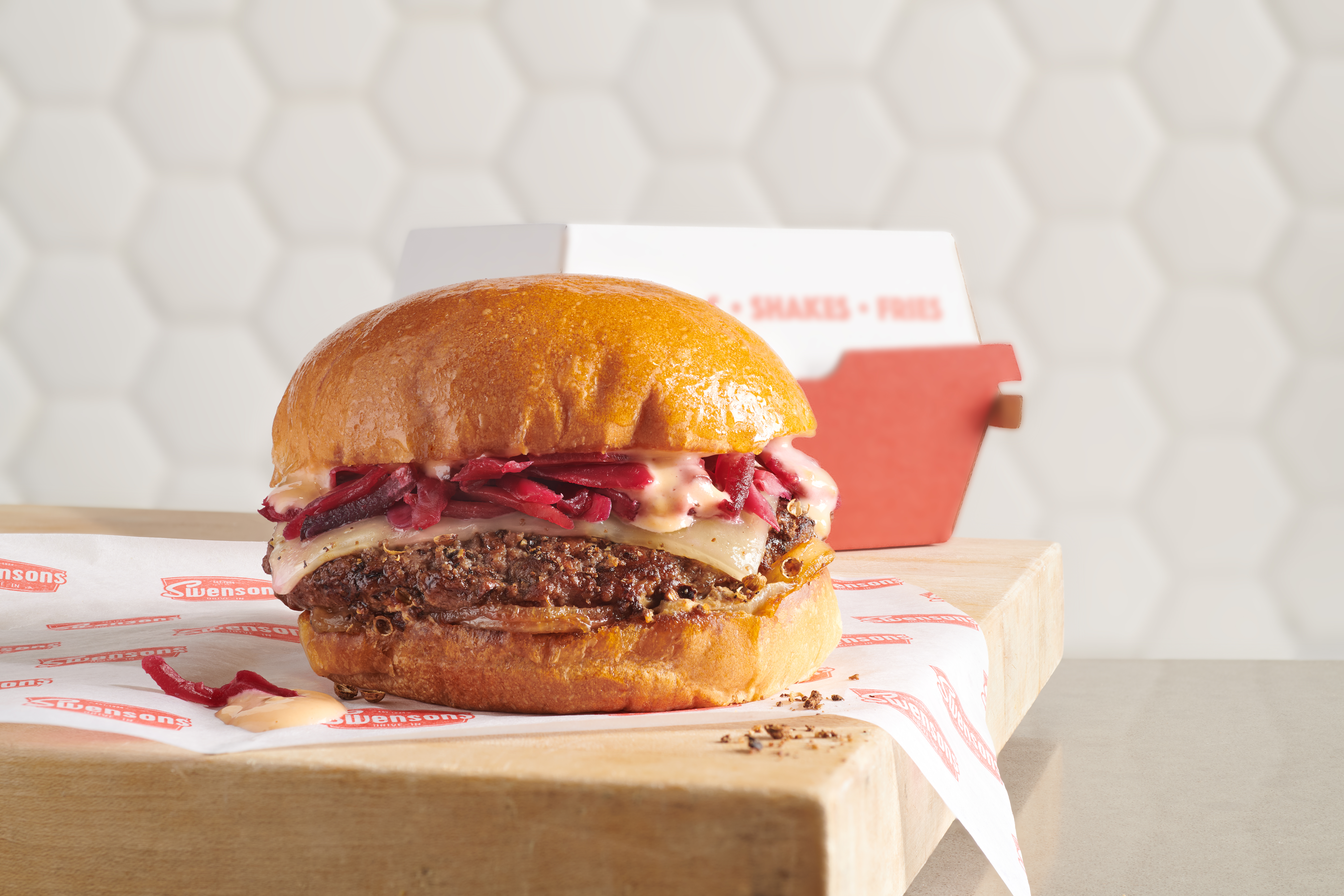Lucille Perk's directions for Roast Pork ’n’ Dumplings (see original) is a classic mid-century recipe for a dish that most cooks of the period used solely as a guideline. Cooks of that era knew already how to braise a pot roast and whip up a batch of dumplings without directions, a fact that is evident in the lack of key information in her recipe. I've replaced Lucille’s call for water with orange juice for better flavor, but it could also be substituted by wine (white or red), apple juice or cider, tomato juice, pineapple juice or any other acidic liquid. The acids and even slow cooking help break down the fibers in these tougher cuts of meat to render them tender and also provide a tasty sauce.
Lucille's dumpling recipe only required minimal tweaking to produce light as air, puffy pillows of goodness. The term farina in the original recipe is just another word for fine wheat flour and probably reflects the melting pot that is the city of Cleveland. The word “flour” in French is “farine.” In Italian, it’s “farina.” And, in Spanish, it’s “harina.” Whatever you call it, this homespun dish is easy to pull together and sure to satisfy hearty winter appetites.
Serves 6
5 tablespoons unsalted butter, divided use
1/2 cup minced shallot or red onion
1 cup chopped dried apricots
3/4 teaspoon salt, divided use
Dash freshly ground black pepper
2-1/2 cups low salt chicken stock, divided use
One 2-1/2 lb. center cut boneless pork loin roast
Salt and freshly ground black pepper to taste
2 tablespoons vegetable oil
1/2 cup orange juice
Additional salt and freshly ground black pepper as needed
1-1/4 cups unbleached all-purpose flour
2 teaspoons baking powder
1 teaspoon sugar
1 large egg
1/2 cup milk
1/4 cup chopped parsley as garnish
Heat a medium saucepan over medium heat and add 2 tablespoons of the butter. When the butter is hot add the shallot and sauté for 1 minute or until it begins to soften. Add the apricots and stir for another minute. Add 1/4 teaspoon salt, pepper and 1/2 cup broth and bring to a simmer. Simmer uncovered until all the broth has been absorbed, about 10 minutes. Remove the pan from the heat and transfer the apricot mixture to a bowl and cool.
Make a slot for the stuffing to run through the middle of the roast by inserting a long thin knife (like a boning knife) through the center of the roast. If it doesn’t poke out of the other side, carefully make another cut through the opposite end completing the opening through the whole roast. Push the handle of a wooden spoon through the opening to widen it then use your fingers to widen further. Evenly stuff the apricot mixture into the opening from both ends. Salt and pepper the roast.
Heat a large Dutch oven over medium high heat and add the vegetable oil. Brown the roast on all sides. Reduce the heat if necessary to prevent the bottom of the pan from over browning. Transfer the roast to a platter and add the orange juice. Cook the juice until only a few tablespoons remain, about 5 minutes. Add the stock and bring it to a simmer. Return the roast, cover and reduce the heat so that the roast cooks at a bare simmer until the roast is tender, about 1 hour or until a meat thermometer registers 150ºF.
Transfer the roast to a platter and cover with foil to keep warm.
In a large bowl combine the flour, baking powder, 1/2 teaspoon salt, sugar and remaining butter and combine with a pastry blender or your fingers until the butter is incorporated into the dry ingredients. In another bowl, beat the egg and milk together and add to the dry ingredients. Mix just until a soft dough forms. Do not over mix or the dumplings will be tough.
Bring the juices in the pan to a simmer and drop tablespoons of the batter atop the simmering liquid. It should make about 12 dumplings. Cover and simmer on lowest heat for about 12 to 15 minutes or until a tester inserted into the center of the dumplings comes out clean.
Slice the pork loin and arrange the dumplings and roast on a heated platter. Pour the pan sauce over all and garnish with chopped parsley.










